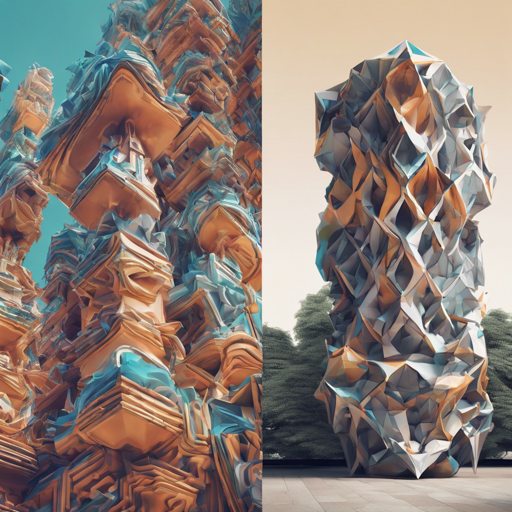Transforming a single 2D image into a 3D model might sound like a feat from a science fiction movie. However, with groundbreaking advancements in AI, this is now a reality thanks to innovative loss functions in machine learning. In this guide, we will walk you through the steps to implement an effective method for generating 3D models, along with troubleshooting tips for a smoother journey!
Prerequisites
- Git clone the Code: Begin by cloning the required repository using the command below:
git clone https://github.com/NikolaZubic/2dimageto3dmodel.gitconda install pytorch torchvision torchaudio cudatoolkit=11.0 -c pytorchcd kaolingit checkout e7e513173bpython setup.py installpip install --no-dependencies nuscenes-devkit opencv-python-headless scikit-learn joblib pyquaternion cachetoolspip install packagingRunning the Program
To execute the model creation process, navigate to the root code directory and execute the following commands:
- For the CUB Birds Dataset:
python main.py --dataset cub --batch_size 16 --weights pretrained_weights_cub --save_resultspython main.py --dataset p3d --batch_size 16 --weights pretrained_weights_p3d --save_resultsThe generated results will be saved in the 2dimageto3dmodel/code/results path.
Continuing Training
If you wish to continue training, simply run the following commands without the --save_results option:
- For the CUB Birds Dataset:
python main.py --dataset cub --batch_size 16 --weights pretrained_weights_cubpython main.py --dataset p3d --batch_size 16 --weights pretrained_weights_p3dGenerating Pseudo-Ground-Truths
To generate Pseudo-ground-truth data for CUB birds, utilize the following command:
python run_reconstruction.py --name pretrained_reconstruction_cub --dataset cub --batch_size 10 --generate_pseudogtFor the Pascal 3D+ dataset, use:
python run_reconstruction.py --name pretrained_reconstruction_p3d --dataset p3d --optimize_z0 --batch_size 10 --generate_pseudogtTraining Mesh Generators from Scratch
Set up the Pseudo-ground-truth data as specified above, and execute the command below:
python main.py --name cub_512x512_class --conditional_class --dataset cub --gpu_ids 0,1,2,3 --batch_size 32 --epochs 1000 --tensorboardHere, we are training a model on CUB birds for 1000 epochs. Tensorboard will log the results for better visualization.
Troubleshooting Tips
If you encounter any issues during the process, consider the following troubleshooting steps:
- Ensure that all dependencies and packages are correctly installed.
- Verify your GPU settings and configurations for compatibility.
- Check for any typographical errors in commands.
- Consult the official documentation for any updates or additional information.
For more insights, updates, or to collaborate on AI development projects, stay connected with fxis.ai.
At fxis.ai, we believe that such advancements are crucial for the future of AI, as they enable more comprehensive and effective solutions. Our team is continually exploring new methodologies to push the envelope in artificial intelligence, ensuring that our clients benefit from the latest technological innovations.

